India Farmers: We Are Not Scare of Coronavirus Facing to he Threaten of New Policy
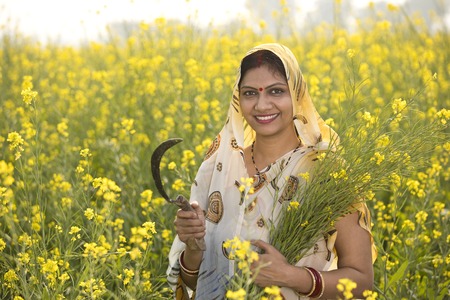
Up to now, India has accumulated nearly 9.4 million infections and more than 136,000 deaths during the new Coronavirus pneumonia epidemic. This also makes the country the second worst country in the world with the new Coronavirus pneumonia epidemic, following the United States.
Moreover, since the northern hemisphere entered autumn and winter, the Indian capital New Delhi has also seen a significant rebound of the epidemic.
But at this critical moment of the epidemic, thousands of farmers from all over India flocked to New Delhi in these two days to protest the “unfair” agricultural policy of the Indian government.

- Prevent Coronavirus Spreading With Right Mask: 3 Points to Know
- Steps to help prevent the spread of COVID-19 if you are sick
- Test Kit for Coronavirus: SARS-CoV-2 Nucleic Acid Detection Kit (Rapid PCR Fluorescence Method)
- Symptoms (COVID-19)
- How does ZeroVirus protect us from virus?
Judging from the earlier reports of some Indian and Western media, the reason why these thousands of Indian farmers came to the Indian capital of New Delhi to protest was because they believed that the Indian Modi government issued several new laws against agriculture in September this year. They are “unfair”.
Although the Indian government stated that these new laws were introduced to reform India’s agriculture, so that farmers do not have to sell agricultural products to government-controlled wholesale markets as before, but have more “freedom” to expand the private capital market, but India’s Farmers believe that this approach will cause them to lose the guarantee of the “lowest purchase price” they originally enjoyed in the officially controlled wholesale market, thereby making them more vulnerable to exploitation and squeeze in the capital market.
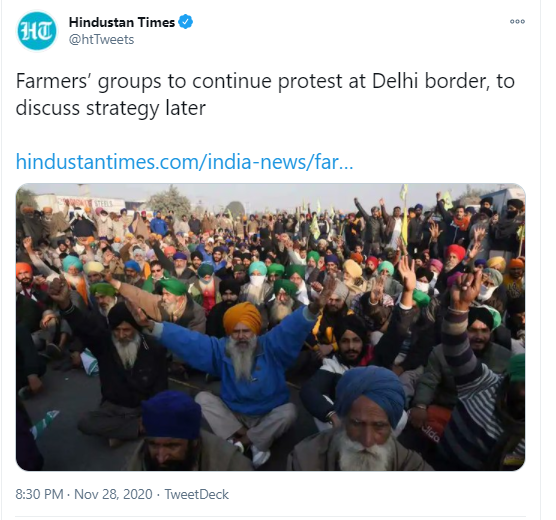
As a result, Indian farmers who are dissatisfied with these new laws have been holding various protest interactions since September this year. Among them, in the past few days, thousands of farmers from several major agricultural provinces in India drove tractors and marched toward the Indian capital New Delhi, hoping to force the Indian government to abandon its reform measures in this way.
But the problem is that, judging from the latest reports and live pictures of the protests by many Indian media and some Western media, although the severity of the epidemic in India has ranked second in the world, there have been nearly 9.4 million infections and more than 136,000 deaths. , But the vast majority of these farmers who went to New Delhi to protest did not maintain any social distancing and did not wear masks.
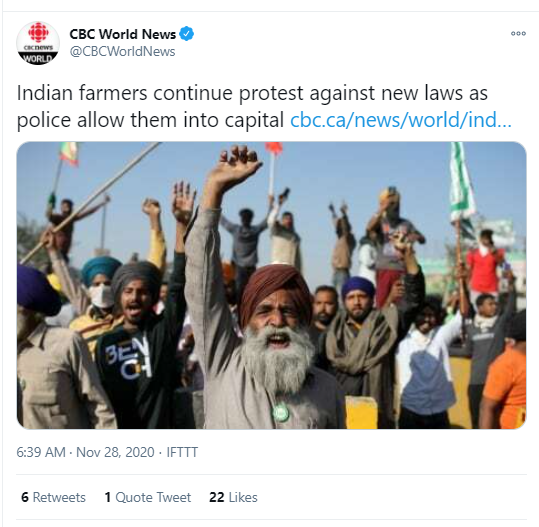
Although under the pressure of Indian public opinion, the Indian government later agreed to release farmers and allow them to come to New Delhi to express their demands, but for New Delhi, where the epidemic has rebounded strongly in the past month, this is equivalent to giving the locals The epidemic prevention work in China has worsened.
Qatar Al Jazeera’s report shows that since November this year, as the temperature in New Delhi has continued to drop and pollution has intensified, there has been a significant increase in local infections. Among them, 8,593 new cases were added in a single day on November 11, and a new record of 131 deaths in a single day was set on November 18. Last week, New Delhi saw more than 5,000 new cases almost every day.
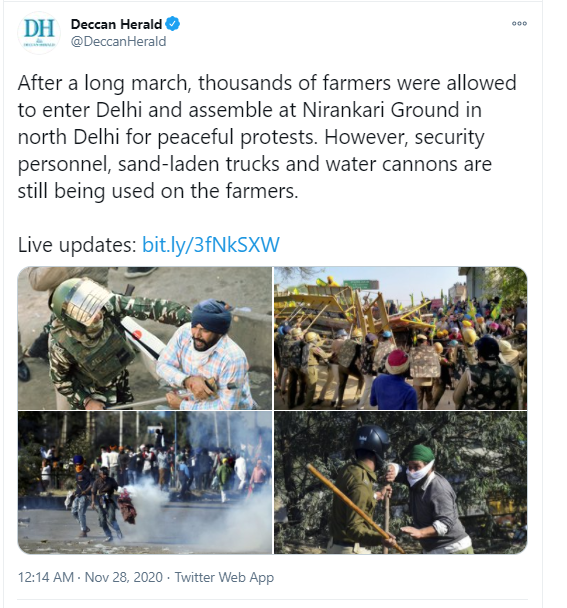
Reports from the Indian media show that the more serious epidemic situation has also caused tension and shortage of medical resources and equipment such as local intensive care units and ventilators.
At present, it is not clear how New Delhi will deal with the epidemic prevention challenge posed by thousands of Indian farmers who have come to protest. The Indian media did not seem to be anxious about this matter, and did not mention any epidemic prevention information in the report on the protest.
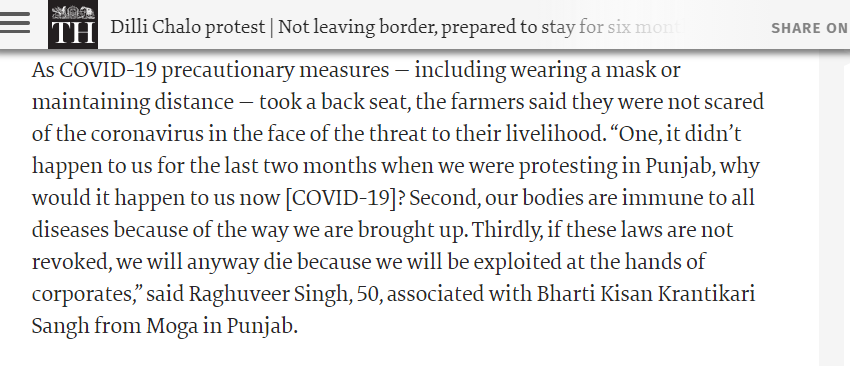
In a report by The Hindu, an Indian farmer also stated that they are not worried about the new Coronavirus pneumonia epidemic. On the one hand, they believe that the new Coronavirus epidemic is not as harmful as the Indian government’s policy, and if the government cannot be allowed to give up With the new law, there is no difference between living and dead; on the other hand, they believe that the environment and lifestyle in which they grew up have made them “immune” against the virus.
